Dhaleshwari in danger
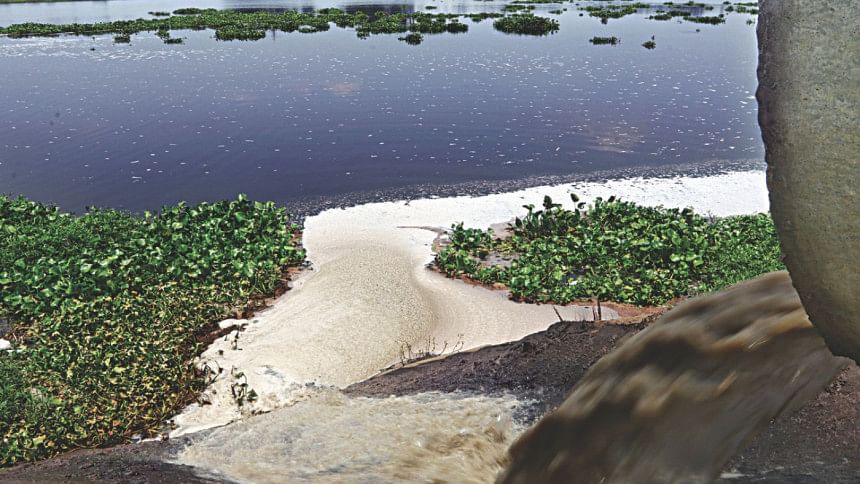
A breach in the embankment of a pond, used by the Central Effluent Treatment Plant (CETP) for dumping solid waste generated by the Tannery Industrial Estate, is likely worsening the pollution levels in the Dhaleshwari river in Savar.
The river had already seen increased pollution levels ever since the estate was set up near the river.
Currently, the accumulated solid waste generated in the last one year remains dumped at a pond at the boundaries of the tannery estate. Due to a breach in the embankment, the waste is now seeping into the river.
“Now the problem is the solid waste mixing with the river water. I am not sure what happened; maybe sabotage. Somebody may have broken the embankment between the river and tannery estate. So now solid waste is mixing with the river,” said Delowar Hossain, chief consultant of the Savar tannery.
“Otherwise the CETP is running okay,” he said.
The latest test on May 28 by the Department of Environment (DoE) found that the Biochemical Oxygen Demand (BOD) was as high as 17.6mg per litre against the permissible limit of 5mg; dissolved oxygen was 1.75mg per litre against the minimum of 5mg.
This was a slight improvement from July of last year, when the dissolved oxygen level had reached zero, making it impossible for aquatic life to survive.
Tests show that before the CETP started discharging the waste water into the 160km river that merges with Shitalakkhya in Narayanganj, the level of dissolved oxygen in the water was 4.8mg per litre.
When asked about the plan for the solid waste now leaking into the river, Delowar said initially it was to be used to generate power but the Chinese company that set up the CETP did not have the capacity to do that.
Mostafa Mazumder, deputy manager of BCIC Tannery Industrial Estate said there had been many problems and all were being solved gradually.
Recently, the CETP began improving its functionality.
About the solid waste dumping station, Mostafa said the breached embankment was repaired many times but it broke because of heavy rains.
He also said that very soon the BCIC plans to produce gelatine, oil, biogas and leather board by processing the solid waste, adding that if it was done, the river would be free of pollution.
Abdul Matin, general secretary of Bangladesh Poribesh Andolon (Bapa), said the CETP couldn't effectively treat the liquid waste which was released into the river every day as there was a lack of monitoring and proper plans in place, pointing out the absence of a permanent solid waste dumping station.
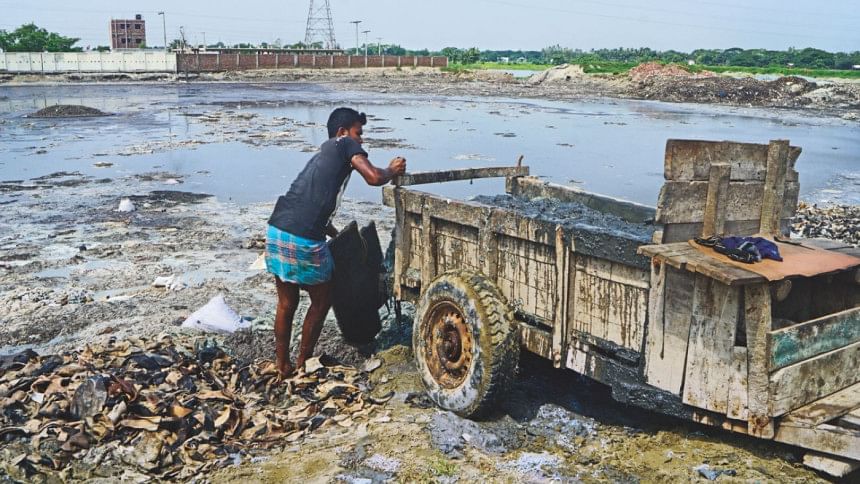
'KILLING OUR RIVER'
A sickening stench hung heavy in the air in the area where the waste was dumped when the correspondents visited the spot.
Locals allege that the river has been dying ever since the authorities shifted the Hazaribagh tannery to Savar's Horindhara area, adjacent to the Dhaleswari, two years ago to save the Buriganga.
An official from the DoE said their tests showed that the quality of water reduced dramatically since the tannery factories began operation.
Talking to The Daily Star, many locals alleged that the tannery estate was polluting not only Dhaleswari but also nearby areas.
Locals alleged that untreated solid wastes from the temporary dumping station were mixing with river water used by people for bathing and washing clothes.
Though the dumping ground was enclosed by a high embankment, it was broken.
Tajul Islam, a resident of nearby Zawchar area, said the tannery industry was like a curse.
“It is killing our river. They are dumping solid waste and liquid waste into the river,” he said.
He also said there was no sign of any fish, although they were plentiful around two years ago and were an important source of income for a few hundred fishermen.
The government shifted the tannery industry from Dhaka to Savar just to save the Dhaka city and the Buriganga river from the pollution, said Amir Hossen.
Sahanaz Begum, resident of the same area, said, “We used the river for various purposes. Nearly two years ago, this river was very necessary for us but now it is burden as its polluted water is spreading various diseases.”
Sahanaz Begum also asked why the solid waste was being dumped into an open pond, from where it mixed with the river.
She also requested building a permanent and modern solid waste dumping station.
Currently, 111 tanneries are in operation in the tannery industrial estate of Bangladesh Small and Cottage Industries Corporation (BSCIC), Savar.

 For all latest news, follow The Daily Star's Google News channel.
For all latest news, follow The Daily Star's Google News channel. 


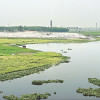
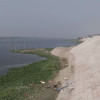
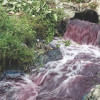
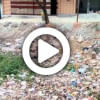


Comments